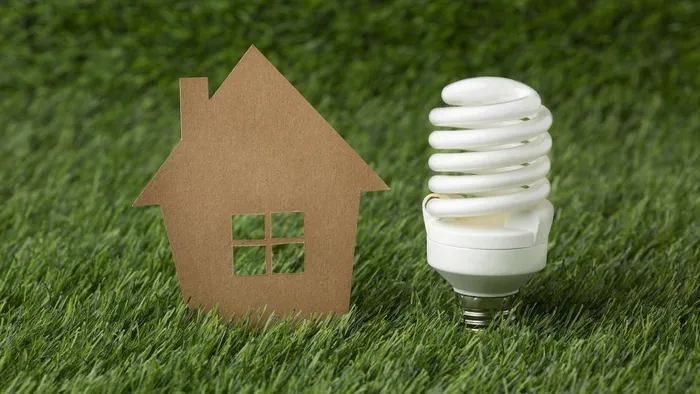South Africans snap up green homes as energy, water bills soar

Homebuyers who choose to live in ‘green’ communities are contributing to a national push for resource conservation while future-proofing their investments.
Image: Freepik
As electricity and water tariffs keep climbing, more South Africans are hunting for homes that cut costs and shrink their carbon footprint.
Energy-efficient, eco-friendly properties are no longer a niche – they’re fast becoming the new must-have.
Community housing schemes such as Sectional Title complexes, gated estates, and retirement villages are leading the way, offering shared solar power, water-saving systems, and other green features that lower bills for everyone.
This is according to Andrew Schaefer, MD of property management company Trafalgar.
“Steep electricity and water tariff increases, combined with frequent supply challenges, are prompting more and more South African buyers to seek homes that are more self-sufficient. There is rising interest in living sustainably in homes that make more efficient use of natural resources and minimise waste generation,” said Schaefer.
Shared green infrastructure is key.
“Centralised or rooftop solar installations can supply multiple units or communal areas, while boreholes and rainwater storage facilities ensure a reliable, affordable water supply,” Schaefer said.
South African research backs this shift.
Studies from the South African National Energy Development Institute and the Council for Industrial and Scientific Research show huge energy-saving potential from smarter design, efficient appliances, and retrofits.
The Green Building Council of South Africa reports rising investor and buyer interest in certified green properties, while 2024–25 academic papers highlight pathways to net-zero residential buildings.
Developers are responding, building green homes even amid cost and affordability challenges.
Modern projects increasingly follow the EDGE (Excellence in Design for Greater Efficiencies) certification, which pushes for at least 20% savings in energy, water, and materials, said Trafalgar.
South Africa’s National Building Regulations now embed green standards, the company said.
“These include energy performance requirements as well as the use of efficient building materials, water-saving plumbing systems and natural ventilation and lighting,” said Schaefer.
Developers are adding gas-powered heat pumps, bulk recycling facilities, and landscaping that supports biodiversity while cutting irrigation needs, said Schaefer.
Retrofitting older schemes is also proving worthwhile.
“Upgrades such as improved insulation and the installation of large solar arrays and water-saving devices can be undertaken at scale in such schemes, allowing residents to reduce acquisition costs while enjoying enhanced comfort, lower utility bills, and increased property values,” Schaefer said.
The message is that prospective home owners should look for energy-efficient design, durable construction, sustainable materials, optimised lighting, waste recycling, and water-saving systems including rainwater harvesting, greywater recycling, and solar-linked boreholes.
“Homebuyers who choose to live in ‘green’ communities are contributing to a national push for resource conservation while future-proofing their investments,” he says.
IOL Business